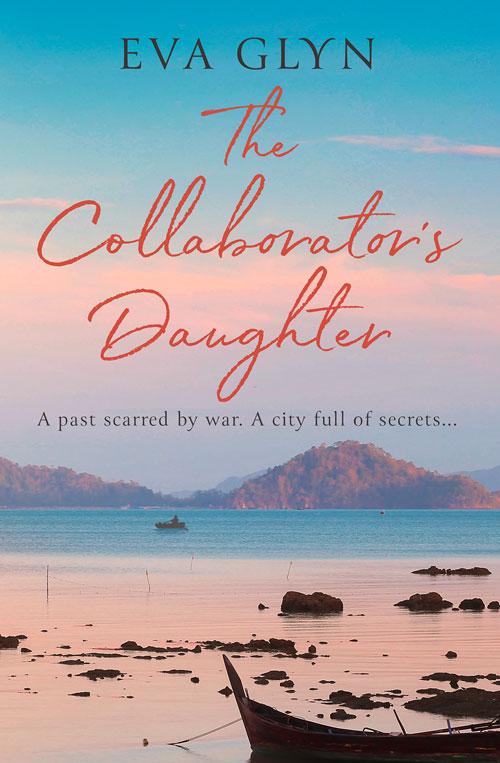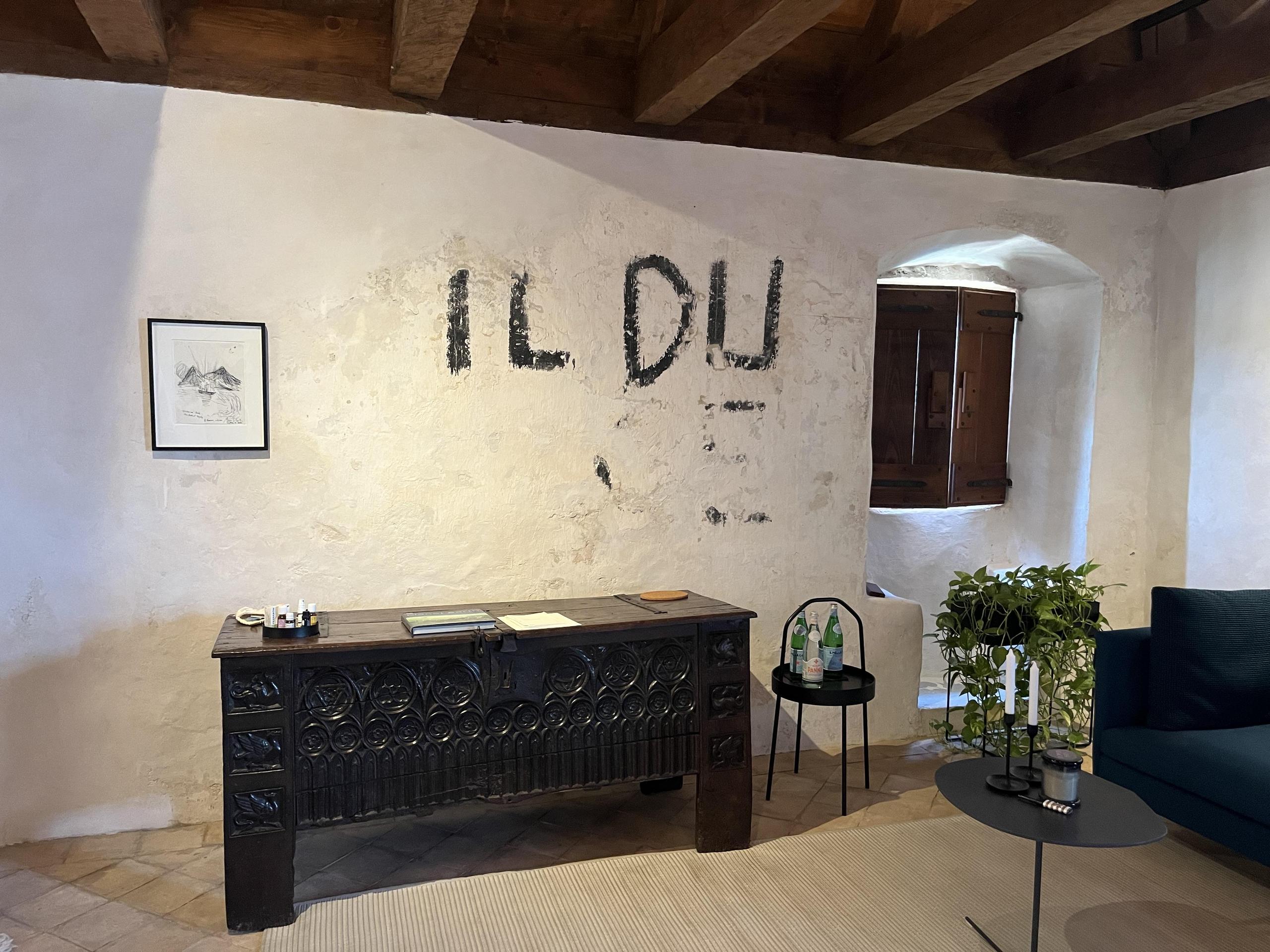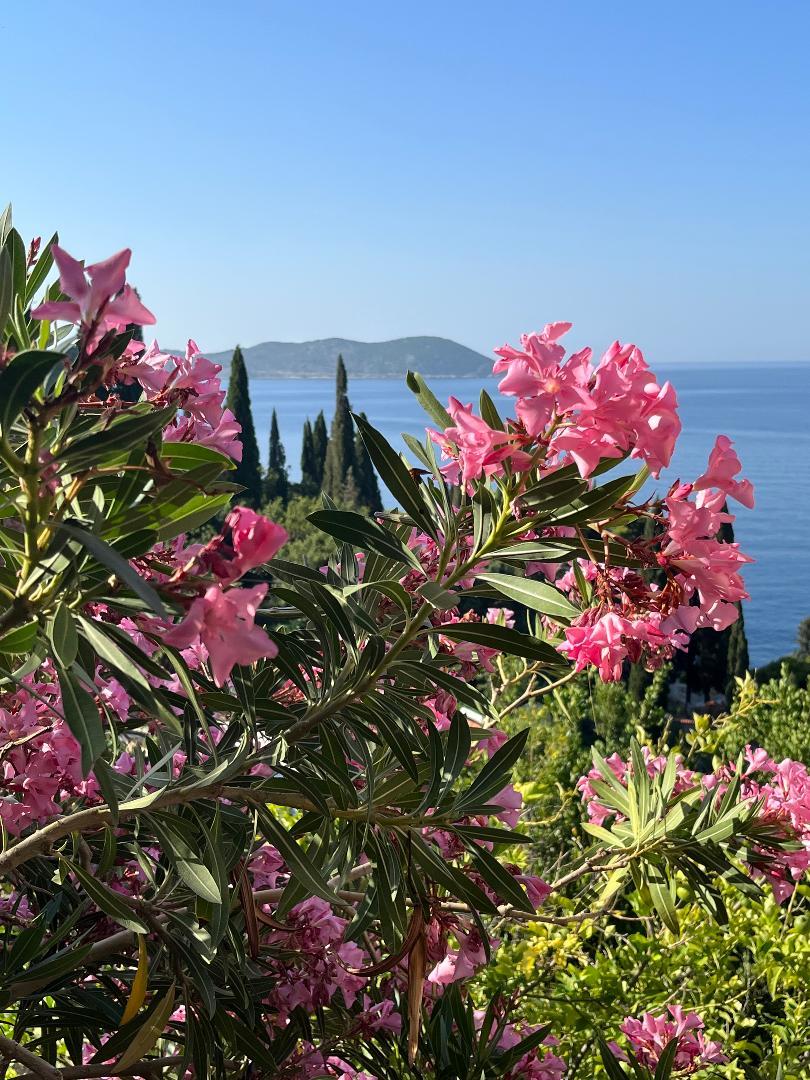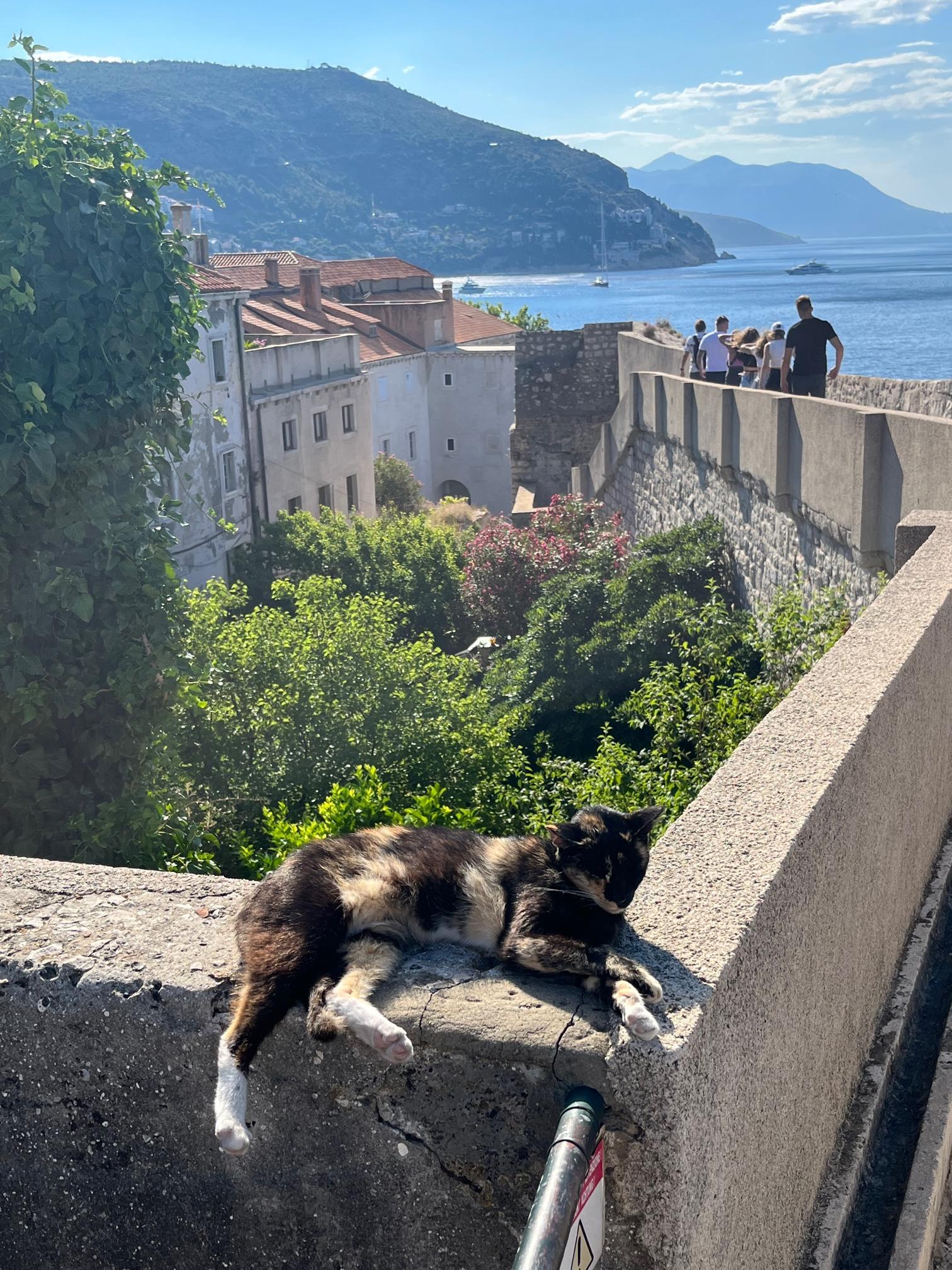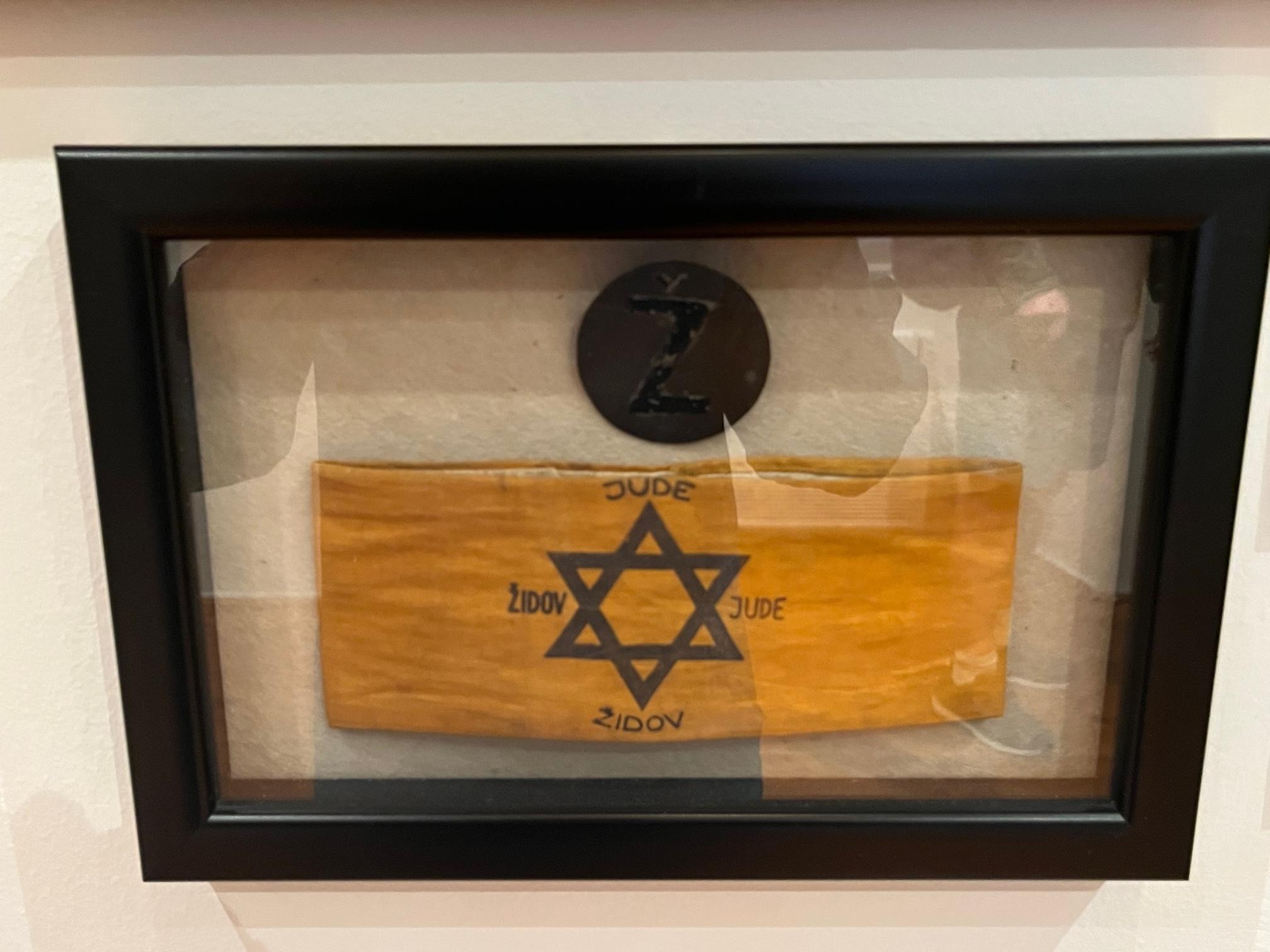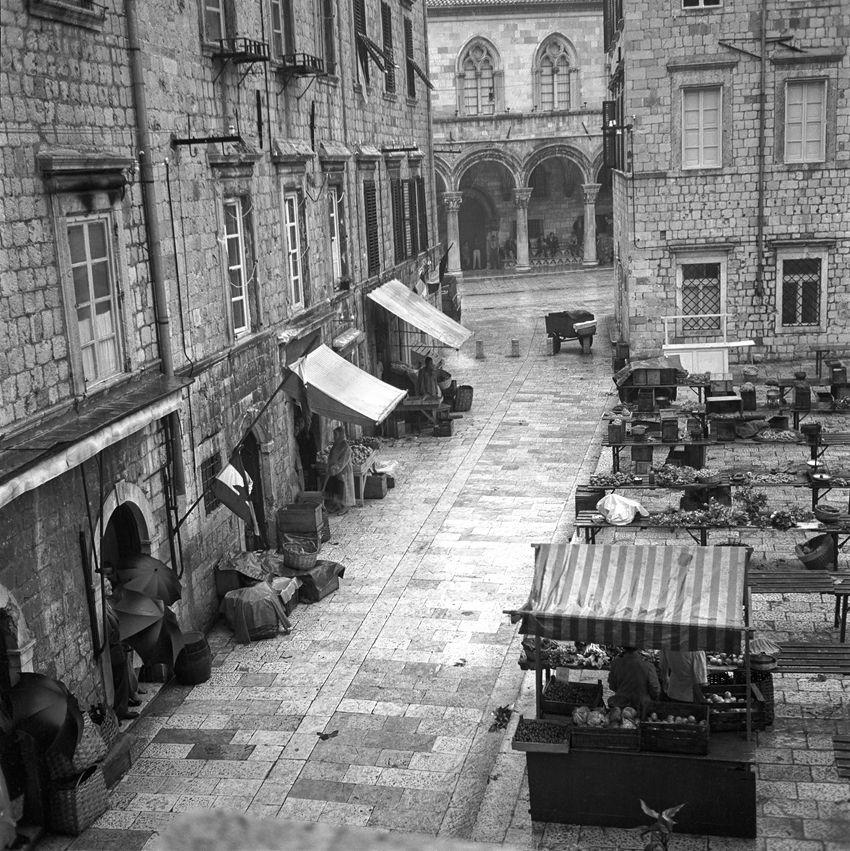The Collaborator's Daughter
Dubrovnik, Croatia
In 1944 in war-torn Dubrovnik Branko Milisic holds his newborn daughter Safranka and wishes her a better future. But while the Nazis are finally retreating, the arrival of the partisans brings new dangers for Branko, his wife Dragica and their baby…
As older sister to two half-siblings, Fran has always known she has to fit in. But now, at sixty-five years old and finally free of caring responsibilities, for the first time in her life she is facing questions about who she is and where she comes from.
All Fran knows about her real father is that he was a hero, and her mother had to flee Dubrovnik after the war. But when she travels to the city of her birth to uncover the truth, she is devastated to discover her father was executed by the partisans in 1944, accused of being a collaborator.
But the past isn’t always what it seems… And neither is the future.
The story behind the story
When I was writing The Olive Grove I was describing the view from Vesna’s fabulous villa and wanted to know the name of the island. It was called Daksa, and being an author at that point I disappeared down a research rabbit hole. It had actually been for sale for a very long time and was apparently unsold because of its terrible past.
In October 1944 the partisans executed about fifty men there, accused of having collaborated with the Nazis during their occupation of Dubrovnik. There were no trials and the whole thing happened in days. A number of sources believed it was a good excuse to get rid of their political opponents. Others that mistakes had been made.
I bookmarked the information and moved on. Then, as I was finishing An Island of Secrets, I needed a Croatian backdrop for my next book and it came to mind. To be honest, I had never really forgotten it. But my main driver for the story was a contemporary romance with protagonists in their sixties, an age group completely under-represented in romantic fiction. I already knew Fran had been a carer all her life, but what if she had been born in Dubrovnik and whisked away to England by her mother in 1944?
The timeline worked. On the day of the Daksa executions there were British officers in the city, held prisoner in a hotel, presumably so they wouldn’t find out what their allies were up to. And sixty-five years later a group of archaeologists exhumed the remains of the victims and set about identifying them using DNA.
So I had my story. And I had a nice little prologue too, the day Fran (then Safranka) was born and her father Branko holds her. Maybe an epilogue too, so the reader would know what happened in the end. But no, for Branko that was not enough and he insisted I tell his story too. Sadly, not as a full dual timeline because the research material just isn’t there. So many records were destroyed during the communist era but I found a letter online from one of the partisan commanders in Dubrovnik, and with that and other snippets I put together the bones of the wartime narrative.
But The Collaborator’s Daughter is still really Fran’s story.
A 65 year old woman at a crossroads in her life, who somehow finds the courage
to visit the city of her birth alone. To face her demons and look towards the
future. And a very different future it turns out to be too.
